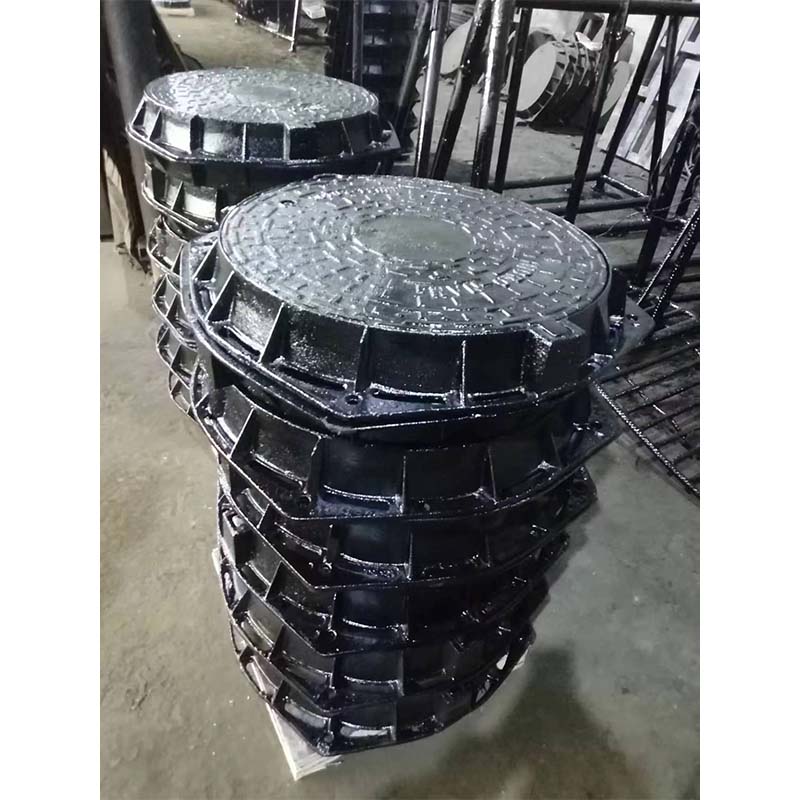sidewalk tree grates
The Importance of Sidewalk Tree Grates for Urban Environments
Urban environments are a fascinating blend of natural and built environments, where concrete jungles often overshadow the greenery that breathes life into our cities. As cities continue to expand and develop, it is crucial to find sustainable ways to incorporate nature within the urban fabric. One effective solution is the implementation of sidewalk tree grates. These structures not only support tree health but also enhance the pedestrian experience, making them a vital component of urban design.
Sidewalk tree grates are metal grid-like structures that surround the base of street trees, allowing air and water to pass through while providing a stable surface for pedestrians. Traditionally, sidewalks are made of concrete, which can create a challenging environment for trees underground. Roots may be restricted and compacted due to the solid barrier, leading to poor tree health and reduced growth. Tree grates mitigate these issues by accommodating the necessary space for roots to expand while preventing damage to the surrounding sidewalk.
A key benefit of sidewalk tree grates is their role in promoting tree health. Trees are essential for urban environments as they provide shade, improve air quality, and reduce heat island effects. When properly installed, tree grates facilitate soil infiltration, allowing rainwater to reach the roots of the trees. This is important in urban areas where stormwater runoff can overwhelm drainage systems. By allowing water to penetrate the soil, tree grates help establish a sustainable water cycle that supports tree vitality.
Additionally, sidewalk tree grates can enhance the aesthetic appeal of city landscapes. A well-designed grate can act as a visual focal point, showcasing the tree as a central feature rather than an obstruction. They can be constructed in various styles and materials, ranging from cast iron to modern composite materials, enabling cities to reflect their unique cultural heritage and architectural style. Decorative tree grates can serve as art installations, effectively blending function and beauty in public spaces.
sidewalk tree grates

Moreover, sidewalk tree grates contribute to pedestrian safety by providing a stable walking surface around trees. Uneven or damaged sidewalks can pose tripping hazards for pedestrians, particularly the elderly or individuals with mobility challenges. Well-designed grates create a seamless transition between the tree’s surrounding area and the sidewalk, minimizing obstacles while allowing for safe passage. This is especially critical in bustling urban areas where foot traffic is heavy, and the risk of accidents is increased.
In addition to their functional benefits, sidewalk tree grates also play a role in community engagement. They offer opportunities for public art displays and educational installations related to urban ecology. Communities can collaborate on custom designs that reflect local history or environmental themes, fostering a sense of ownership and pride in shared spaces. Events like tree planting days can be organized around the installation of grates, encouraging residents to actively participate in the greening of their neighborhoods.
It’s worth noting that the implementation of sidewalk tree grates should be approached thoughtfully. Proper planning is necessary to ensure that the grates do not impede tree growth or limit access to vital resources. Regular maintenance is also essential to keep grates clear of debris and ensure optimal functionality. Cities must prioritize working with arborists and urban planners to create strategies that balance the needs of the trees with the demands of urban infrastructure.
In conclusion, sidewalk tree grates are invaluable urban design elements that support tree health, enhance pedestrian safety, and beautify our cities. By integrating nature into urban settings and creating spaces that accommodate both people and plants, tree grates contribute to the sustainability and livability of urban environments. As cities continue to grow, the thoughtful implementation of such features will be crucial in our quest for greener, more vibrant communities.
-
The Essential Component for Safe Urban InfrastructureNewsMay.14,2025
-
The Backbone of Urban InfrastructureNewsMay.14,2025
-
Practical and Stylish Solutions for Your Drainage NeedsNewsMay.14,2025
-
Lamphole Frame and Cover: Essential for Urban InfrastructureNewsMay.14,2025
-
A Seamless and Aesthetic SolutionNewsMay.14,2025
-
A Must-Have for Safety and DurabilityNewsMay.14,2025
-
Pipe Repair Clamps: Your Ultimate Solution for Efficient RepairsNewsMay.09,2025
